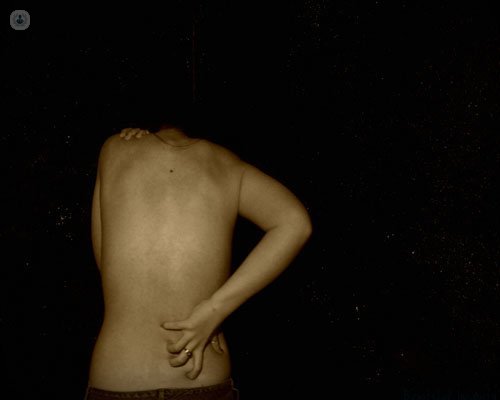3 Key points on canal stenosis
Written by:The canal stenosis is a very common disease after 60 years. Arthrosis and column wear gauge cause a decrease of the medullary canal. It is recalled that this channel through the spinal cord at the neck and chest, while in the lumbar region this narrowing compresses the nerve roots (cauda equina).
It is a disease that progresses over time, but does not linearly, that is, that for many years may be stable and in a few months be very symptomatic. The presence of pain or functional impotence should be grounds for referral.
Types of spinal stenosis
The canal stenosis can be classified according to their location:
- Cervical (neck level)
- Thoracic (chest-level)
- Lumbar (most common)
In addition, these stenoses may be central (midline), lateral recess stenosis (more lateral channel portion) and / or foraminal (output level of the nerves). Finally, the stenosis can be classified as mild, moderate or severe, depending on the size of the spinal canal that is affected. 
Symptoms of spinal stenosis
Symptoms depend on your location:
- Cervical: produce spinal cord compression, this is a very serious disease, affecting the functions of movement and sensation in hands and feet. The patient may or may not have pain. The most common cause is a herniated disc.
- Number: is the rarest, the symptoms are similar to cervical stenosis, but affect only the legs.
- Lumbar: The most common symptom is pain when walking that forces you to stop and sit down to rest, known as claudication gait. It is produced by many causes, such as disc herniation, disc protrusions, spondylolysis, enpondilolistesis, among others.
Operation canal stenosis
Surgery canal stenosis is the definitive treatment for moderate and severe stenosis because rehabilitation only transiently improves symptoms in mild forms. Today there are many techniques available to expand the size of the channel, these are classified as:
- Decompression without fusion (not need screws)
- Decompression with fusion (precise positioning screw / bars)
- Indirect Decompression (interspinous devices, X-LIF, etc)
The neurosurgeon will choose the best technique according to the age and degree / location of the stenosis.


